

Rajasthan, located in northwestern India, is the country's largest state by area. Known for its rich history, majestic forts, colorful culture, and the Thar Desert, Rajasthan offers a unique glimpse into India's royal past. From the golden sands of Jaisalmer to the lakes of Udaipur, the state presents a perfect blend of history, adventure, and cultural richness.
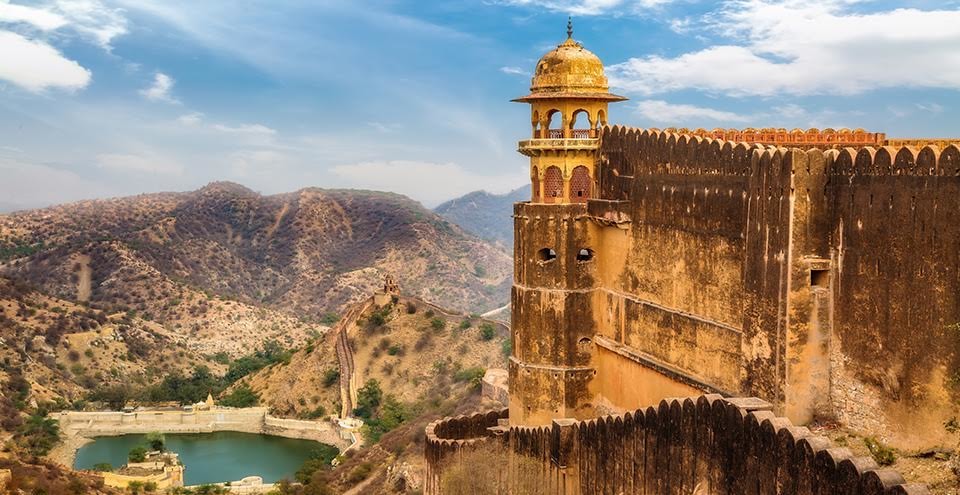
Rajasthan stands unique in Indian history as the land of Rajputs, known for their valor, chivalry, and rich cultural heritage. This region has witnessed the rise and fall of many kingdoms, each leaving an indelible mark on its culture, architecture, and way of life, creating a distinct identity that sets it apart from other Indian states.
The Rajput clans have ruled Rajasthan for centuries, building magnificent forts and palaces that stand as testaments to their glory. From the 6th century onwards, various Rajput dynasties like the Chauhans, Rathores, Sisodias, and Kachhwahas established their kingdoms across the region, each contributing to Rajasthan's unique cultural tapestry.
This royal period significantly influenced Rajasthani society. The Rajputs introduced a code of honor and bravery that became synonymous with Rajasthan. They also built architectural marvels that blended Hindu and Islamic elements, resulting in the unique Rajputana style seen throughout the state, particularly in cities like Jaipur, Udaipur, and Jodhpur.
Unlike many other parts of India that experienced direct British colonial rule, Rajasthan's princely states maintained significant autonomy under British suzerainty. This allowed for the preservation of traditional customs and lifestyles, creating a distinct cultural identity that continues to thrive today.
Rajasthan's integration into independent India came on March 30, 1949, when the various princely states merged to form the United State of Rajasthan, which later became the present-day state on November 1, 1956. This event marked the beginning of Rajasthan's journey as an integral part of modern India.
Today, Rajasthan takes pride in this unique heritage. The hill forts of Rajasthan are UNESCO World Heritage Sites, attracting visitors from around the world. The state's vibrant culture, often showcased through its festivals, music, and dance, reflects this rich historical legacy.
Rajasthan's royal legacy is not just historical; it's a living tradition that continues to shape the state's identity. From the architecture of its palaces to the rhythm of its music and the flavors of its food, this heritage makes Rajasthan a fascinating example of cultural preservation and resilience.
Rajasthan is known for its rich cultural heritage, which is reflected in its linguistic diversity. The state's language landscape showcases its unique history as a land of various kingdoms and communities.
Hindi is the official language of Rajasthan and is spoken by the majority of the population. It serves as the lingua franca for communication across different regions and communities within the state.
Rajasthani is a group of Indo-Aryan languages and dialects spoken primarily in Rajasthan. It has several major dialects:
The languages of Rajasthan reflect its diverse cultural heritage. While Hindi serves as the official language, the various dialects of Rajasthani preserve the unique identity of different regions within the state, showcasing Rajasthan's rich linguistic tapestry.
Rajasthan's festivals reflect its royal heritage, vibrant culture, and diverse traditions. From colorful fairs to religious celebrations, Rajasthani festivals showcase the state's joyful spirit and cultural richness.
The Pushkar Fair is one of the world's largest camel fairs and a major tourist attraction in Rajasthan. Held annually in the town of Pushkar, this vibrant festival combines religious significance with a spectacular livestock fair.
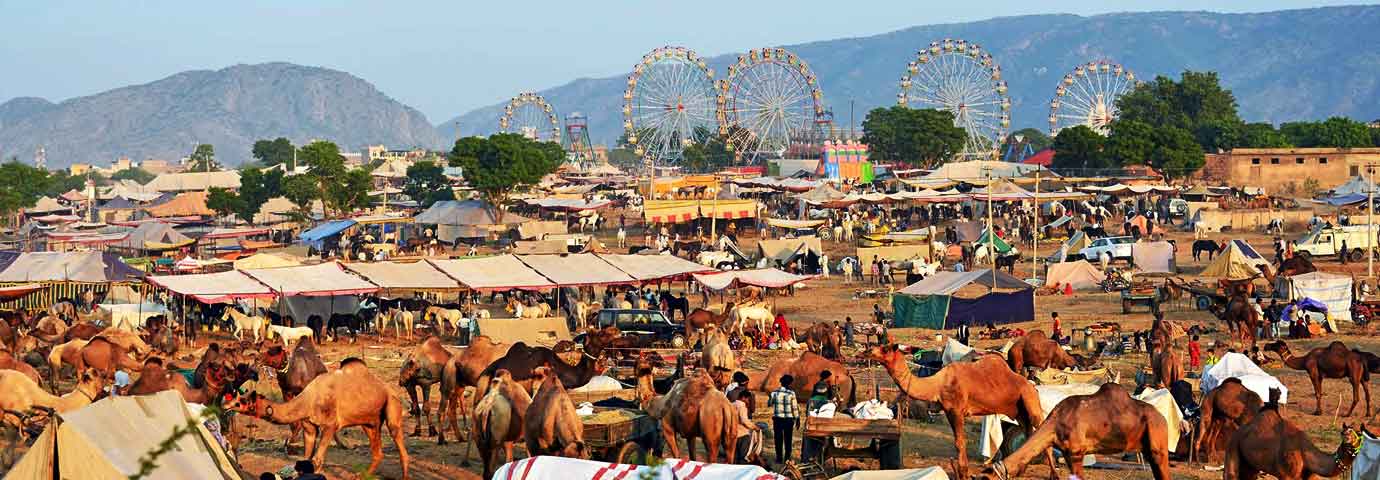
The Pushkar Fair is more than just a festival; it is a celebration of Rajasthan's rural life and traditions. With its vibrant colors, cultural performances, and religious significance, the fair perfectly embodies Rajasthan's unique identity as a land where tradition and modernity coexist.
Gangaur is one of the most important festivals in Rajasthan, dedicated to Goddess Gauri, a manifestation of Parvati, the wife of Lord Shiva. Celebrated mainly by women, the festival symbolizes marital happiness and is observed with great enthusiasm across the state.
Married women pray for the well-being of their husbands, while unmarried girls pray for a suitable match. The festival involves elaborate rituals, processions, and cultural events that showcase Rajasthan's rich traditions.
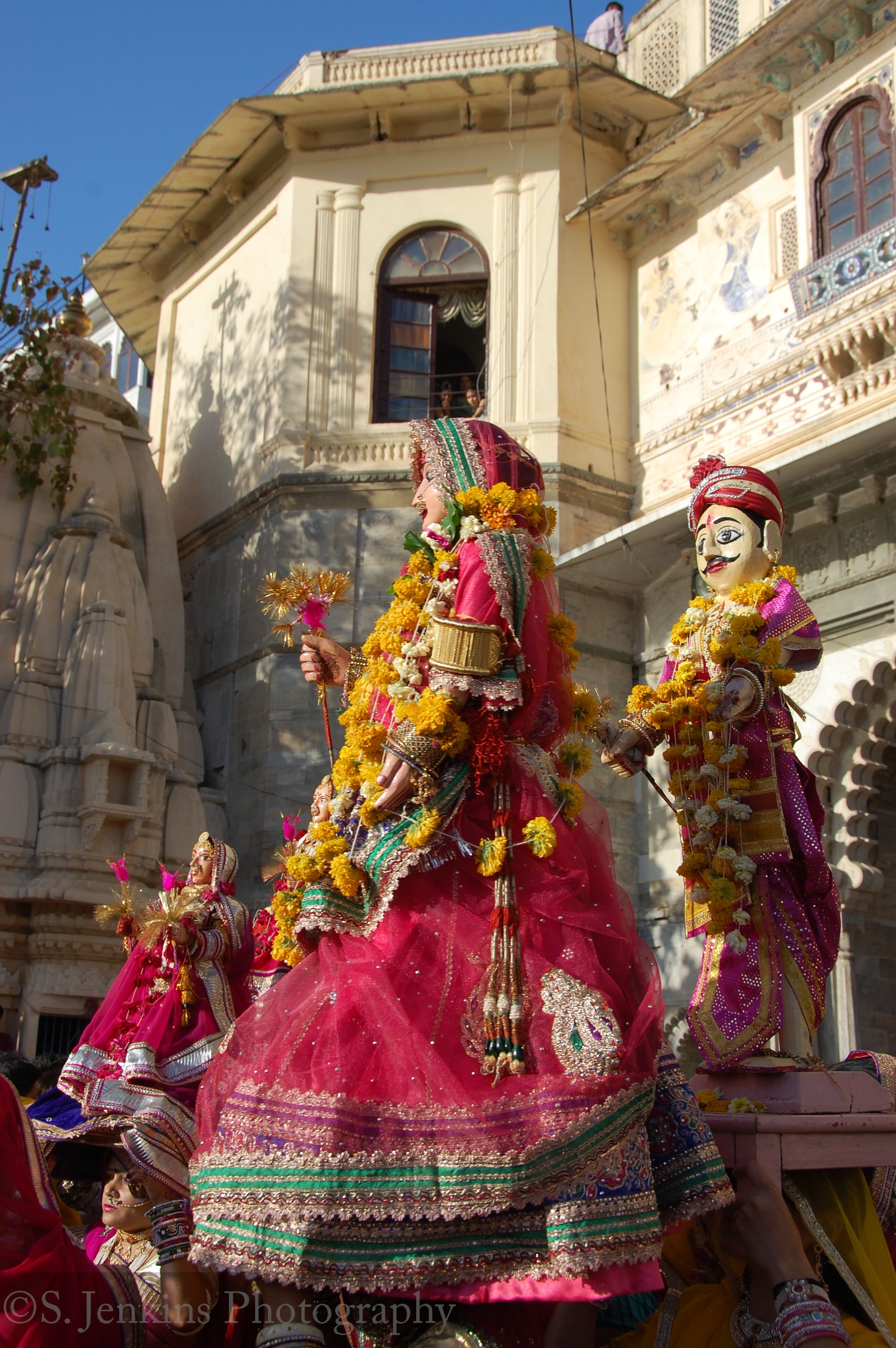
The Gangaur Festival is a testament to Rajasthan's deep-rooted cultural traditions and the importance of womanhood. The devotion displayed during this festival reflects the enduring cultural values of the Rajasthani people and their connection to their heritage.
Teej is a monsoon festival celebrated with great enthusiasm by women in Rajasthan. Dedicated to Goddess Parvati, it marks the reunion of Shiva and Parvati and celebrates the arrival of rains after the scorching summer.
Teej represents the joyful spirit of Rajasthan, celebrating nature's bounty and feminine energy. As a festival that brings women together in celebration, it connects modern Rajasthanis to their cultural roots while adapting to contemporary times.
The festivals of Rajasthan showcase its royal heritage, vibrant culture, and deep-rooted traditions. From the religious devotion of Gangaur to the cultural extravaganza of Pushkar Fair, these celebrations reflect the spirit of Rajasthan - colorful, joyful, and deeply connected to its history and traditions.

Rajasthan, India's largest state by area, is one of the country's most popular tourist destinations. Known for its majestic forts, palaces, desert landscapes, and rich cultural heritage, Rajasthan offers a unique glimpse into India's royal past. Each city in Rajasthan has its own distinct character, contributing to the state's reputation as the "Land of Kings."
Jaipur, the capital city of Rajasthan, is known as the Pink City due to the distinct color of its buildings. Founded in 1727 by Maharaja Sawai Jai Singh II, it was one of India's first planned cities and serves as the cultural and administrative hub of the state.
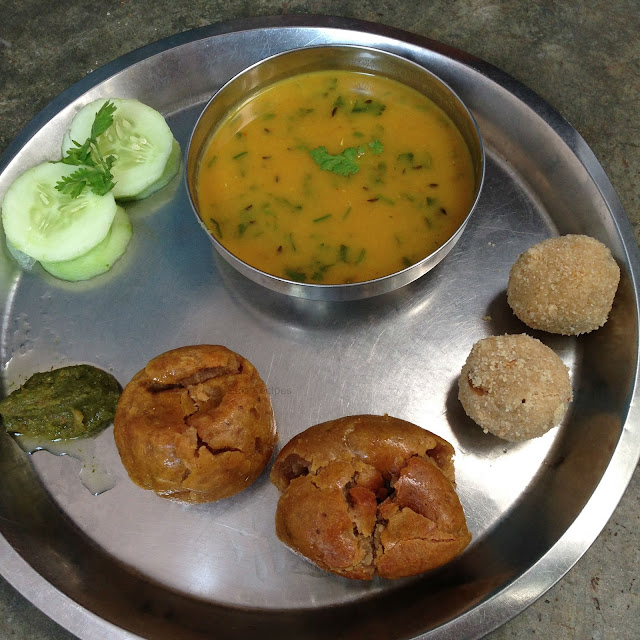
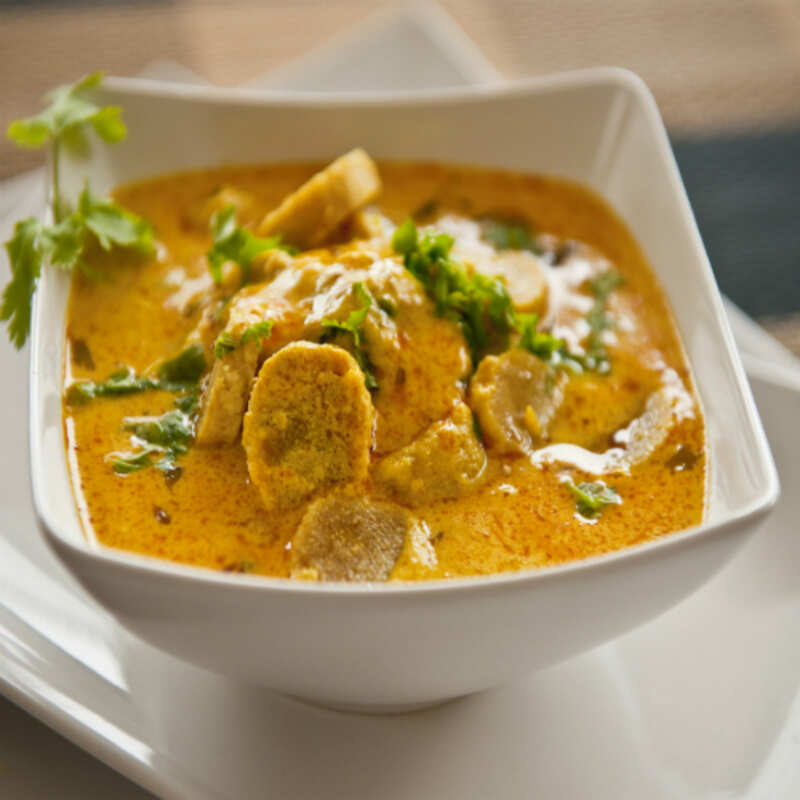
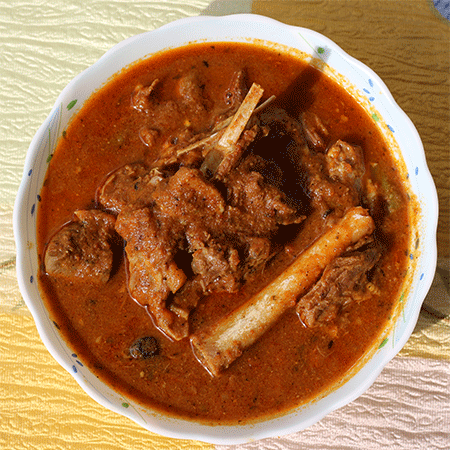
The Hawa Mahal is one of Jaipur's most recognizable landmarks. Built in 1799 by Maharaja Sawai Pratap Singh, this five-story palace features 953 small windows (jharokhas) decorated with intricate latticework. The unique design allowed royal women to observe street festivals while remaining unseen, in accordance with purdah traditions.
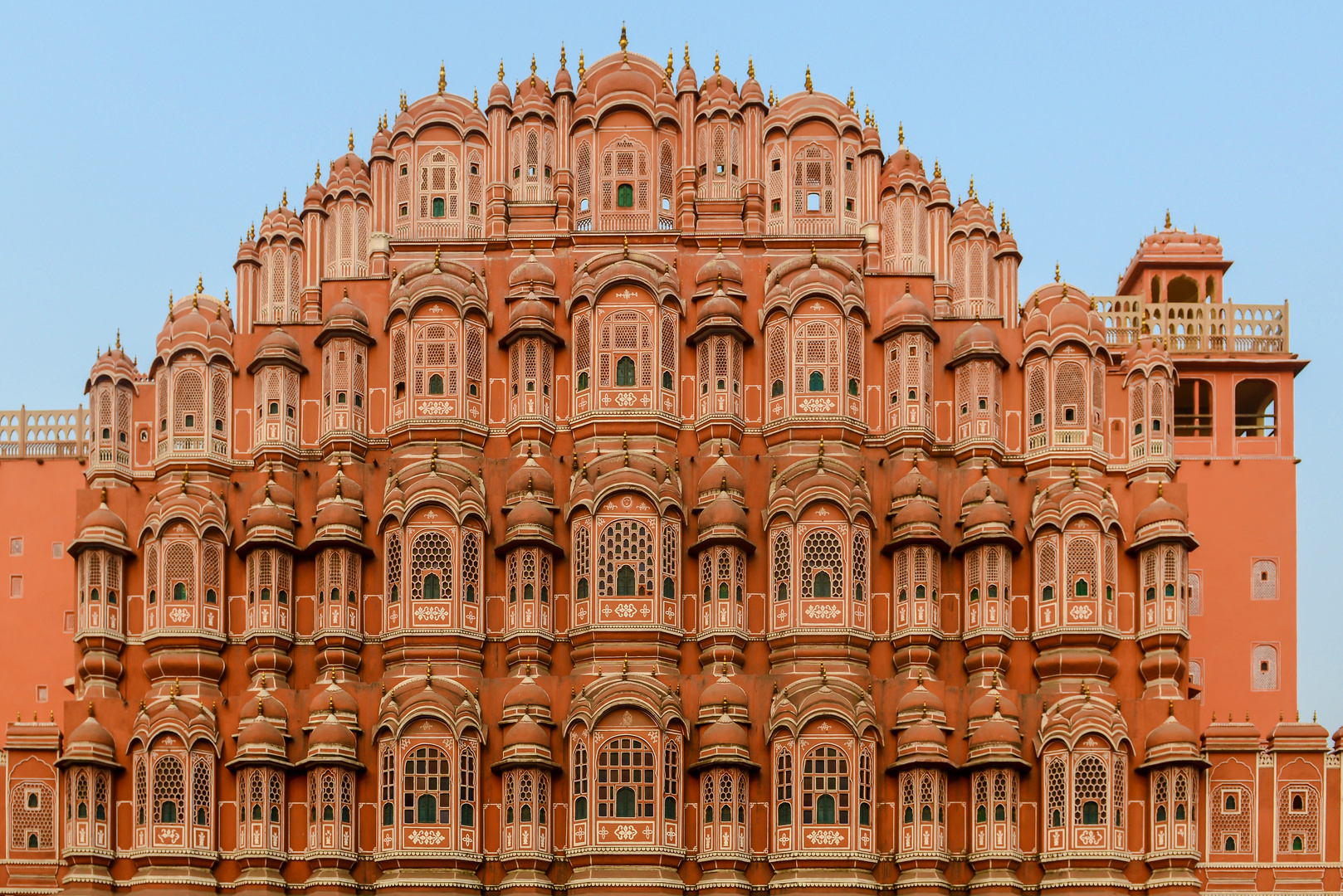
The palace is constructed of red and pink sandstone, which gives it a distinctive appearance, especially during sunrise when it glows in golden light. The interior contains small chambers connected by corridors, with the top floor offering panoramic views of Jaipur. Despite its elaborate facade, the Hawa Mahal is actually quite shallow, with rooms only one room deep.
Today, the Hawa Mahal is not only an architectural marvel but also a symbol of Jaipur's heritage. It represents the fusion of Rajput and Mughal architectural styles and stands as a testament to the craftsmanship of Rajasthani artisans. The palace is particularly famous for its ventilation system, which keeps it cool even during hot summers, giving it the name "Palace of Winds."
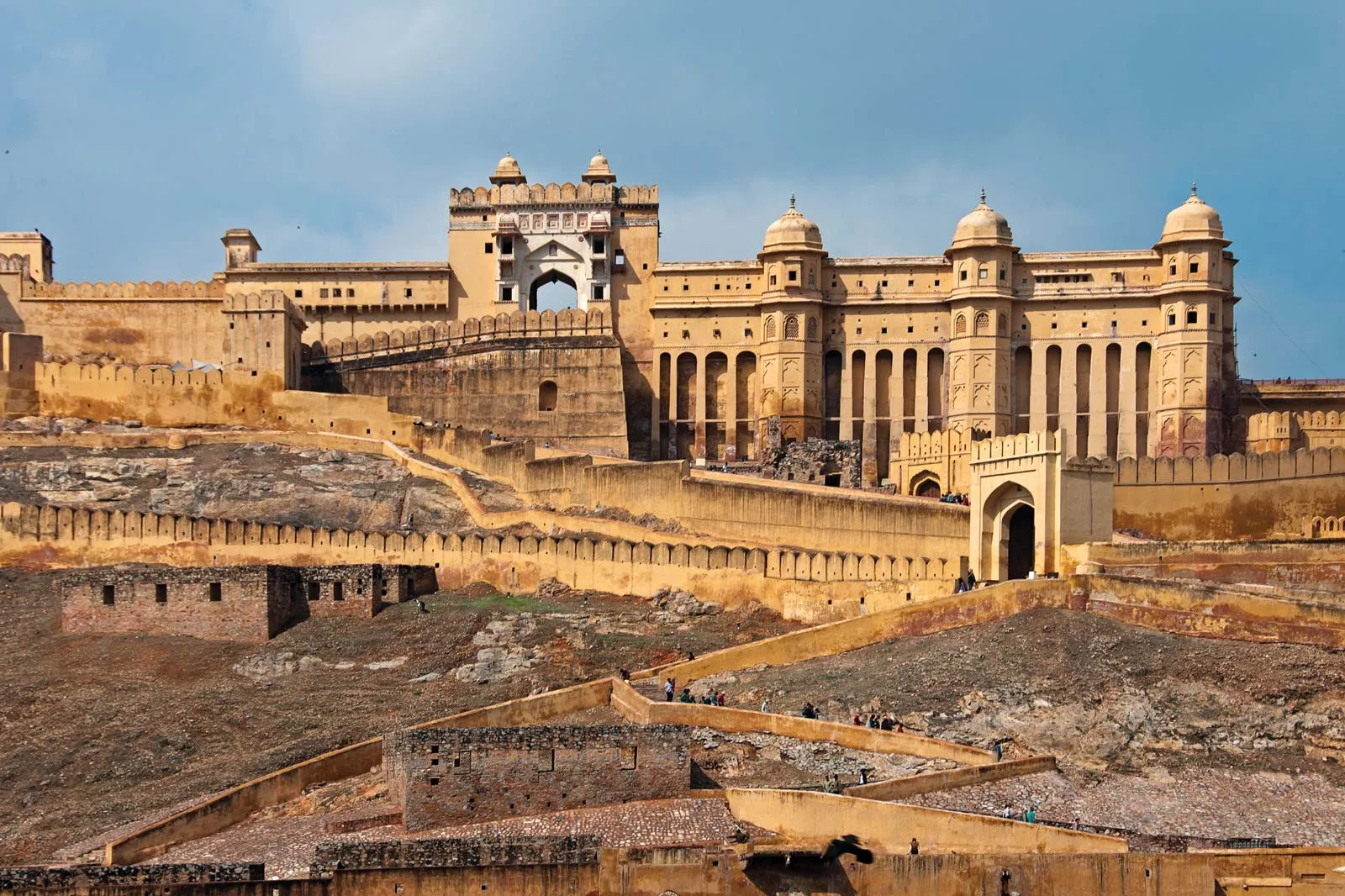
Amber Fort is a magnificent fort-palace located about 11 kilometers from Jaipur. Built by Raja Man Singh I in 1592 and expanded by successive rulers, it served as the capital of the Kachhwaha Rajputs until Jaipur was established. The fort is constructed of red sandstone and marble, blending Hindu and Mughal architectural elements.
The fort complex includes several palaces, temples, and gardens, with the Sheesh Mahal (Palace of Mirrors) being particularly famous. Its walls are embedded with intricate mirror work that creates a starry effect when candles are lit. The fort is accessed through a steep ramp, and visitors can enjoy elephant rides to the entrance, a tradition that dates back to royal times.
Amber Fort is strategically located on a hilltop, offering stunning views of the surrounding landscape. The Maota Lake at its forefront adds to its scenic beauty, especially when the fort is illuminated at night. The sound and light show in the evenings narrates the history of the fort and the valor of the Rajput rulers.
In conclusion, Amber Fort is more than just a historical monument—it's a living testament to Rajasthan's royal heritage. Its architectural grandeur and strategic location make it one of Rajasthan's most visited attractions, representing the power and artistic sensibility of the Rajput rulers.
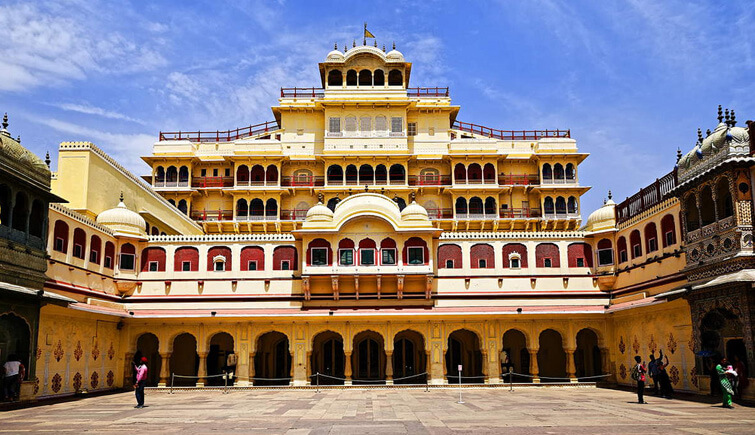
The City Palace in Jaipur is a magnificent complex that served as the administrative seat and royal residence of the Maharaja of Jaipur. Built by Maharaja Sawai Jai Singh II between 1729 and 1732, it occupies nearly one-seventh of Jaipur's old city. The palace complex blends Rajput, Mughal, and European architectural styles, reflecting the diverse influences on Jaipur's rulers.
The palace includes several buildings, courtyards, and gardens, with the Chandra Mahal and Mubarak Mahal being the most prominent structures. The Chandra Mahal still serves as the residence of the Jaipur royal family, while other parts have been converted into museums showcasing royal artifacts, including weapons, costumes, and artwork.
One of the palace's most famous attractions is the Pitam Niwas Chowk, with four gates representing the four seasons and Hindu gods. The palace also houses the world's largest silver vessels in the Guinness Book of World Records. The intricate artwork, including paintings, mirror work, and carvings, showcases the skill of Rajasthani artisans.
In conclusion, the City Palace is not just an architectural marvel but a living museum of Jaipur's royal history. It beautifully combines different architectural styles while preserving the legacy of the Kachhwaha rulers, making it an essential experience for anyone visiting Rajasthan's capital.
Jantar Mantar in Jaipur is an astronomical observatory built by Maharaja Sawai Jai Singh II between 1727 and 1734. It is one of five such observatories built by the king across North India and is the largest and best preserved. The site was declared a UNESCO World Heritage Site in 2010, recognizing its historical and scientific significance.
The observatory features nineteen architectural astronomical instruments, including the world's largest stone sundial. These instruments were used to measure time, predict eclipses, track stars, and determine celestial altitudes. The Samrat Yantra (Supreme Instrument) is the most impressive, standing 27 meters tall and capable of telling time with an accuracy of about two seconds.
Jantar Mantar represents the scientific achievements of medieval India and the interest of Rajput rulers in astronomy. The instruments are built on a massive scale to improve accuracy, and their designs incorporate both Hindu and Islamic astronomical traditions. The site continues to be used by astronomers and students to study ancient astronomical techniques.
Beyond its scientific importance, Jantar Mantar is an architectural marvel. The geometric precision of the instruments and their harmonious arrangement create a unique landscape that blends science, art, and spirituality. The site attracts both tourists and scholars interested in the history of astronomy and the scientific achievements of Indian civilization.
In conclusion, Jantar Mantar is a testament to Rajasthan's contribution to science and astronomy. It showcases the intellectual curiosity of Rajput rulers and the advanced knowledge of Indian astronomers, making it a unique heritage site that combines scientific innovation with architectural beauty.
Jaipur embodies the essence of Rajasthan with its blend of royal heritage and contemporary urban life. As the state capital, it offers cultural richness, historical significance, and modern amenities while maintaining its traditional charm. From its pink buildings to its majestic forts, Jaipur is a city that captures the heart of every visitor.
Udaipur, often called the Venice of the East, is known for its beautiful lakes, palaces, and romantic ambiance. Founded in 1559 by Maharana Udai Singh II, it served as the capital of the Mewar kingdom and is renowned for its picturesque settings and cultural heritage.
Udaipur represents the romantic and artistic side of Rajasthan, with its lakes, palaces, and cultural heritage. As the City of Lakes, it offers a serene and picturesque experience that contrasts with the desert landscapes of western Rajasthan, making it a must-visit destination for those seeking beauty and tranquility.
Jodhpur, the second-largest city in Rajasthan, is known as the Blue City due to the blue-painted houses around the Mehrangarh Fort. Founded in 1459 by Rao Jodha, it served as the capital of the Marwar kingdom and is a major cultural and economic center in western Rajasthan.
Jodhpur offers a glimpse into the warrior heritage of Rajasthan, with its imposing forts and traditional lifestyle. As the Blue City, it showcases the unique architectural traditions of Marwar while serving as a vibrant cultural and economic center in western Rajasthan.
Jaisalmer, located in the heart of the Thar Desert, is known as the Golden City due to the yellow sandstone used in its architecture. Founded in 1156 AD by Rawal Jaisal, it served as an important trading post on the camel caravan routes and is famous for its desert culture and havelis.
Jaisalmer represents the desert spirit of Rajasthan, with its golden architecture and camel culture. As the Golden City, it offers a unique experience of desert life and medieval heritage, making it an essential destination for understanding Rajasthan's diversity beyond its palaces and forts.
The cities of Rajasthan each contribute uniquely to the state's character. Jaipur represents the administrative and cultural heart, Udaipur the lakes and romance, Jodhpur the warrior heritage, and Jaisalmer the desert culture. Together, these urban centers showcase the diversity that makes Rajasthan much more than just a desert destination—they reveal a state with rich history, vibrant culture, and multiple economic engines that balance tourism with other sectors. From majestic forts to intricate havelis, from bustling markets to serene lakes, Rajasthan's cities offer experiences that capture the essence of this unique Indian state.
Rajasthani food is a delightful blend of royal delicacies and rustic desert fare, known for its bold flavors, generous use of spices, and unique preservation techniques. The cuisine reflects Rajasthan's arid climate, royal heritage, and resourcefulness of its people.
Dal Baati Churma is the quintessential Rajasthani meal, representing the state's culinary identity. This complete meal consists of three components: dal (lentils), baati (hard wheat rolls), and churma (sweet crushed wheat).
Dal Baati Churma is more than just a meal; it's a symbol of Rajasthani identity and desert living. Its combination of practical preparation and rich flavors has made it the heart of Rajasthani culinary tradition.
Laal Maas is perhaps the most famous Rajasthani dish for non-vegetarians, known for its fiery red color and intense heat. This mutton curry exemplifies the royal cuisine of Rajasthan and the love for spicy food in the region.
Laal Maas is a perfect example of royal Rajasthani cuisine, where simple ingredients are transformed into a dish fit for kings. Its intense flavors and vibrant color tell the story of Rajasthan's warrior heritage and its love for bold, spicy food.
Gatte ki Sabzi is a popular vegetarian dish from Rajasthan, made with gram flour dumplings in a spicy yogurt-based gravy. This dish showcases the ingenuity of Rajasthani cuisine in creating flavorful vegetarian options in a region with limited fresh vegetables.
Gatte ki Sabzi is more than just a vegetarian dish; it's a testament to Rajasthani culinary innovation. Its combination of simple ingredients and complex flavors makes it a beloved part of the state's food culture, representing the ingenuity of desert cooking.
.webp)
A traditional desert dish made with ker berries and sangri beans, cooked with spices.
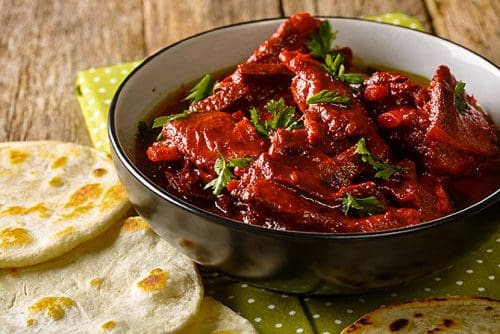
A mild, rich mutton dish cooked with milk, cream, and mild spices, a royal delicacy.
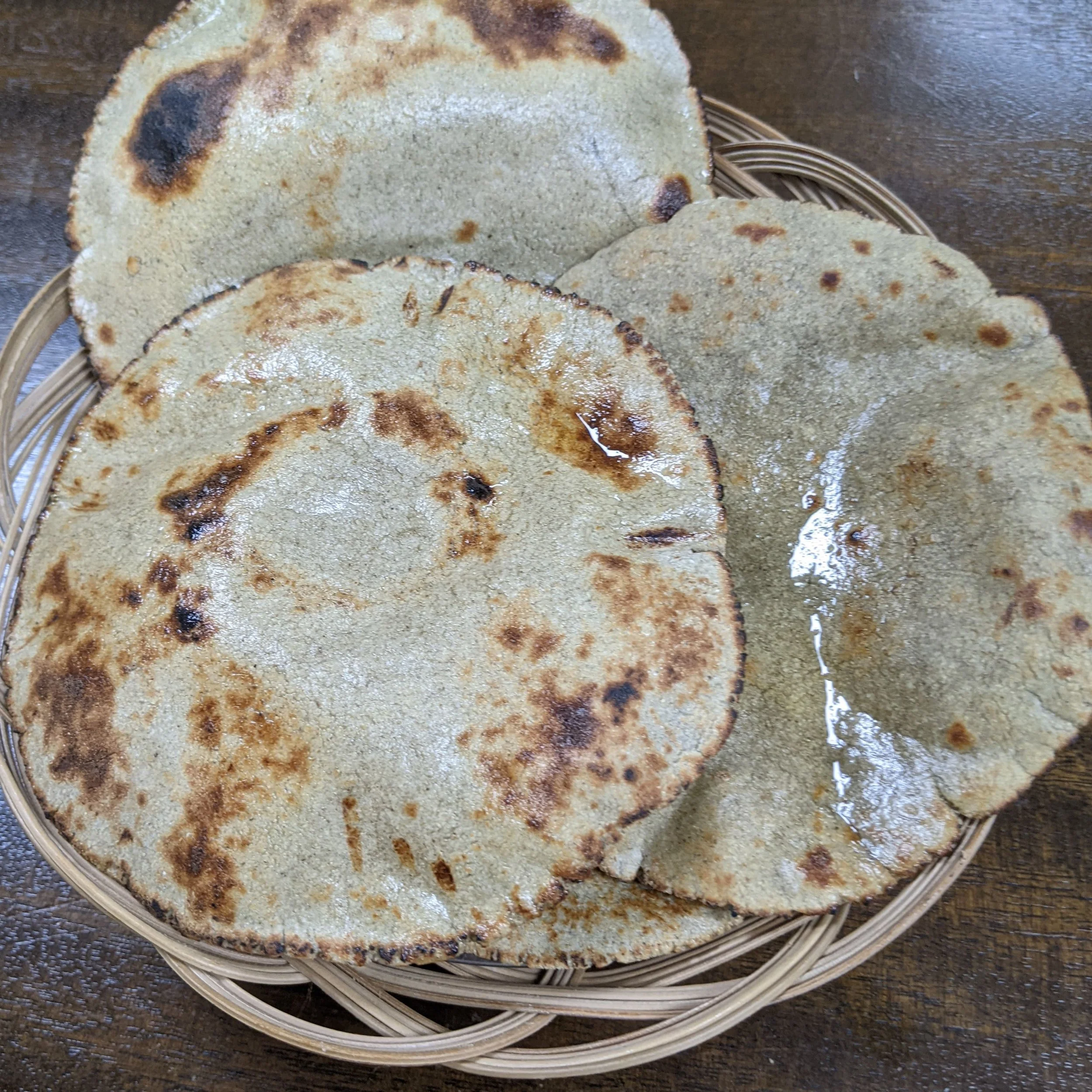
Flatbread made from pearl millet flour, a staple in rural Rajasthan.
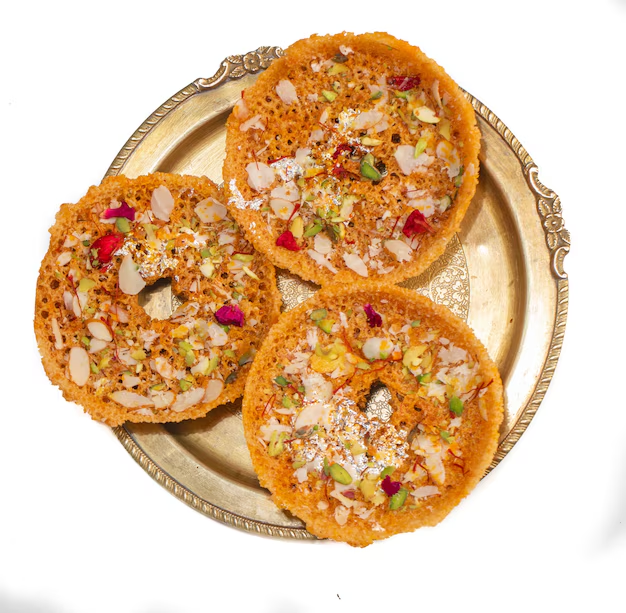
A disc-shaped sweet made from flour and soaked in sugar syrup, popular during festivals.
Rajasthani cuisine is a vibrant tapestry woven from royal traditions and desert practicality. From the iconic Dal Baati Churma to the fiery Laal Maas, Rajasthani food tells the story of a people who have mastered the art of creating flavor in challenging conditions. Each dish is not just nourishment but a celebration of Rajasthan's unique cultural identity and its position as a land of royalty and resilience.
Rajasthani fashion is a vibrant reflection of its royal heritage, desert climate, and rich cultural diversity. From traditional attire that tells stories of valor and royalty to contemporary styles influenced by tourism and global trends, Rajasthani clothing represents a unique blend of elegance, practicality, and cultural identity. The fashion scene in Rajasthan beautifully balances tradition with modernity, creating a distinctive style that is both functional and aesthetically pleasing.
Did you know? The traditional Rajasthani attire is designed for the desert climate, with bright colors that reflect sunlight and loose fits that allow air circulation.
Traditional Rajasthani men's attire reflects the state's royal heritage and practical needs of the desert climate. From formal occasions to everyday wear, these garments showcase a unique cultural identity that has evolved over centuries.
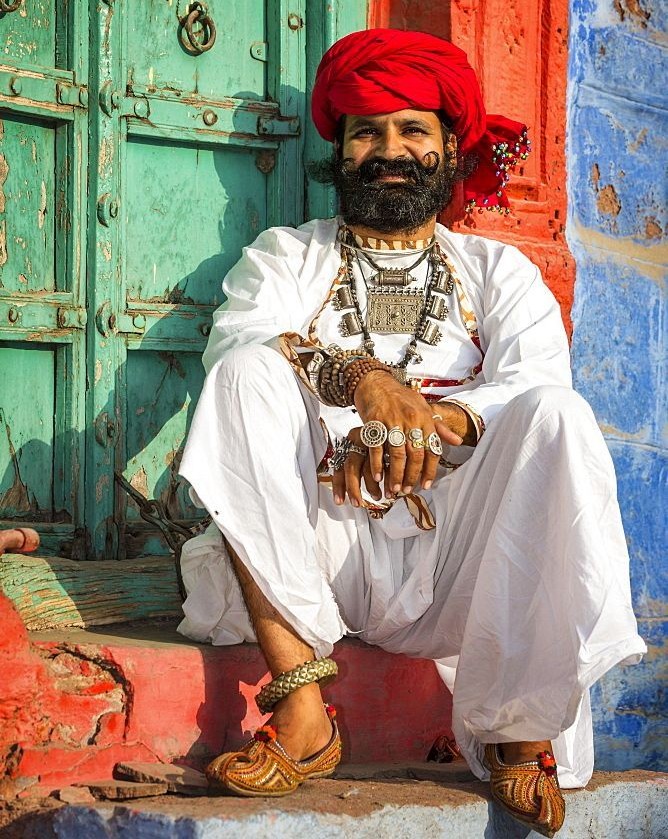
Traditional Rajasthani men's fashion represents the state's royal heritage and desert practicality. The elaborate turbans and angarkhas reflect Rajput valor and pride, while the practical designs suit the harsh desert climate. The distinct styles across different regions showcase Rajasthan's cultural diversity.
Rajasthani women's traditional attire is a beautiful amalgamation of royal elegance and desert practicality. The clothing reflects both aesthetic considerations influenced by royal traditions and practical needs for the desert climate.
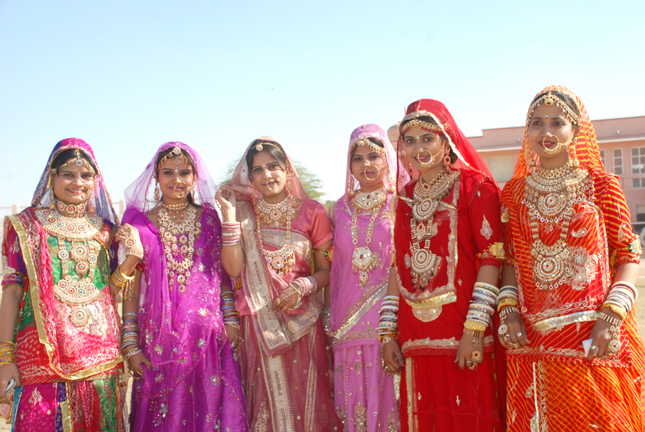
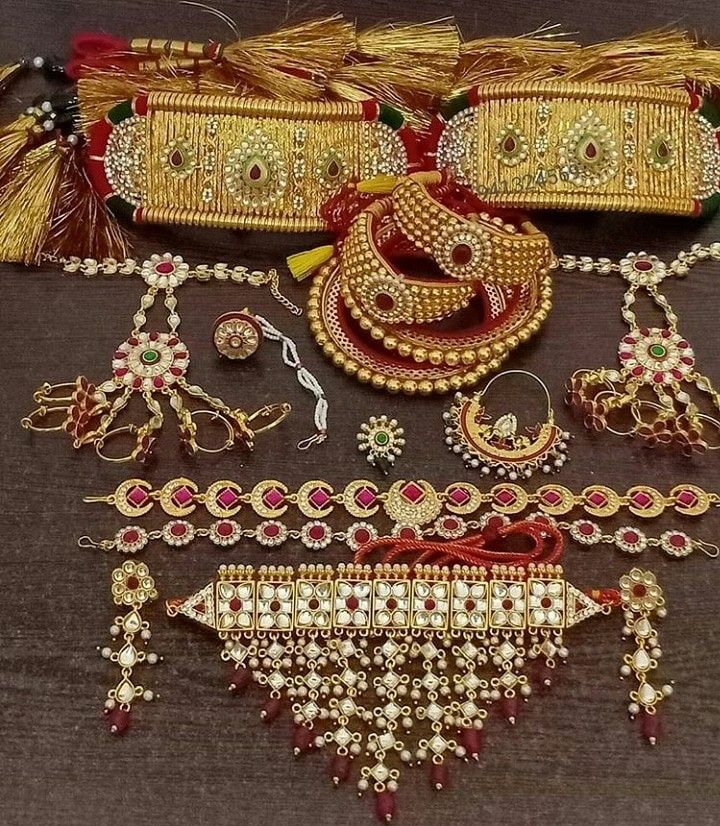
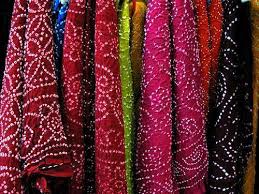
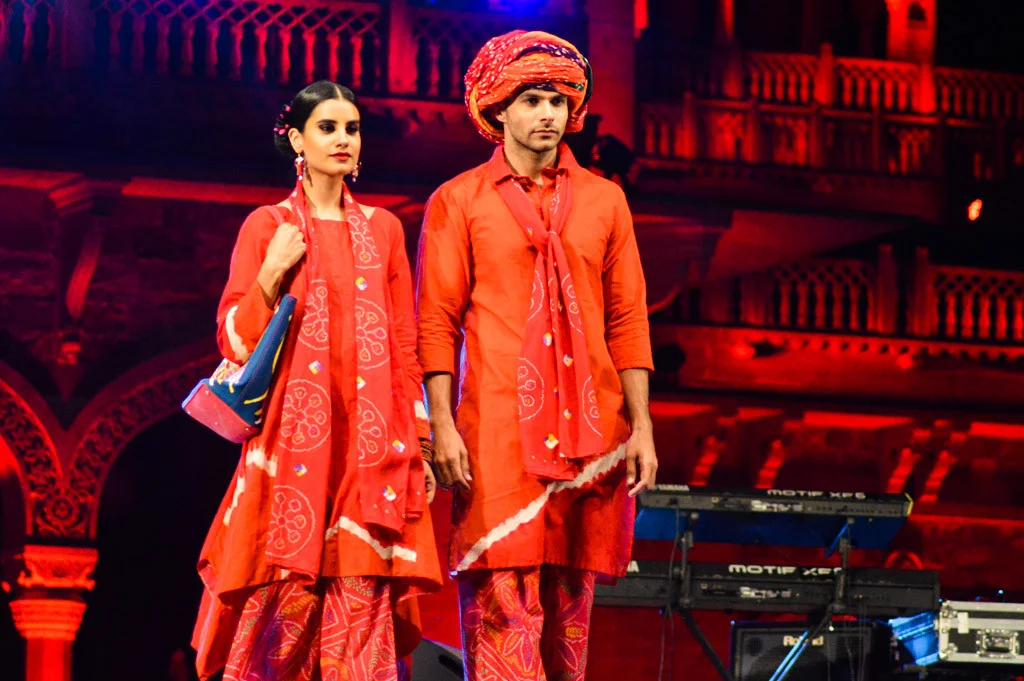
Women's fashion in Rajasthan tells a story of royal elegance and desert practicality. The vibrant colors and intricate work reflect the joyous spirit of Rajasthani culture, while the practical designs suit the climate. The distinct styles between different communities showcase Rajasthan's cultural diversity while maintaining a unified aesthetic identity.
Rajasthani textiles reflect the state's royal heritage, desert climate, and artistic traditions. The fabrics used in traditional clothing prioritize comfort, durability, and suitability for the harsh desert environment.
The textile traditions of Rajasthan have evolved significantly over centuries. Royal patronage encouraged the development of intricate techniques, while the practical needs of desert life influenced fabric choices. Post-independence, these traditions have been preserved while adapting to contemporary markets through designer interventions and export opportunities.
Contemporary Rajasthani fashion represents a dynamic blend of traditional elements with global influences, heavily shaped by tourism, Bollywood, and the state's cosmopolitan urban centers. The modern Rajasthani wardrobe seamlessly transitions from traditional attire for festivals to contemporary fashion for urban life.
Traditional attire dominated, with simple fabrics and minimal decoration suited for desert life.
Royal patronage led to development of elaborate textiles and jewelry, creating distinct regional styles.
Post-independence period saw a blend of traditional Rajasthani and mainstream Indian fashions.
Globalization and tourism accelerate fashion evolution, with Rajasthani designers gaining international recognition.
Rajasthan has produced several fashion designers who have gained national and international recognition for their work that often incorporates traditional Rajasthani elements.
Rajasthani fashion is a dynamic and evolving expression of the state's unique cultural identity. Rooted in royal traditions and shaped by desert practicality, it represents a harmonious blend of elegance and functionality. From the traditional Ghagra Choli to contemporary fusion wear, Rajasthani clothing tells a story of cultural pride, artistic excellence, and adaptation to changing times.
As Rajasthan continues to navigate the intersection of tradition and modernity, its fashion scene remains a vibrant reflection of this balance. The growing recognition of Rajasthani textiles and crafts on global platforms suggests an exciting future where traditional elements will continue to influence broader fashion trends while adapting to contemporary sensibilities.
Future Trends: The next decade will likely see increased emphasis on sustainable practices, technological integration in textile production, and further innovation in fusion wear that respects traditional craftsmanship while embracing global fashion currents.